- 1,970

- United Kingdom
A 2-door stretched concept was investigated by the works.
Do you mean the 915, or the 754 T7?
A 2-door stretched concept was investigated by the works.
Do you mean the 915, or the 754 T7?
Understandably so. I think it's quirky, but I doubt Germans can wrap their heads around the idea that quirky can be good.Porsche made the 915 (C20) because they weren't happy with the B17.

Speaking of quirky, I think if I remember right, the only example of the B17 was privately sold to someone in Sweden and is painted bright green.
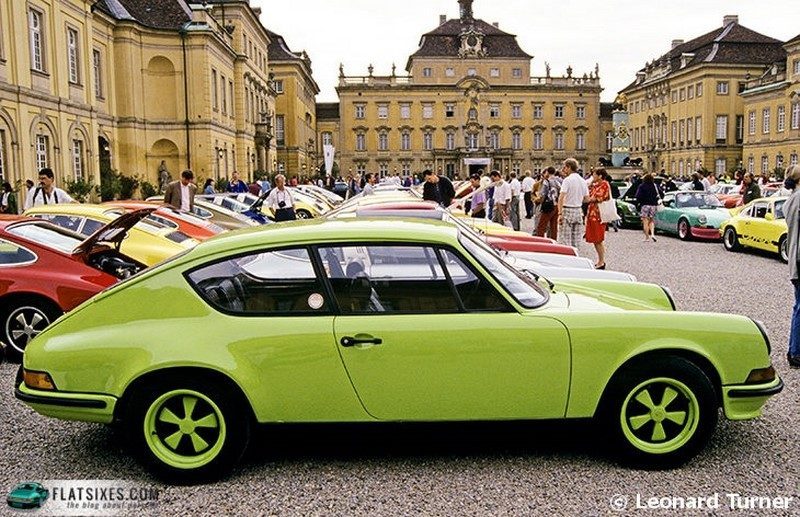
Renault Sport Spider, a sporty roadster
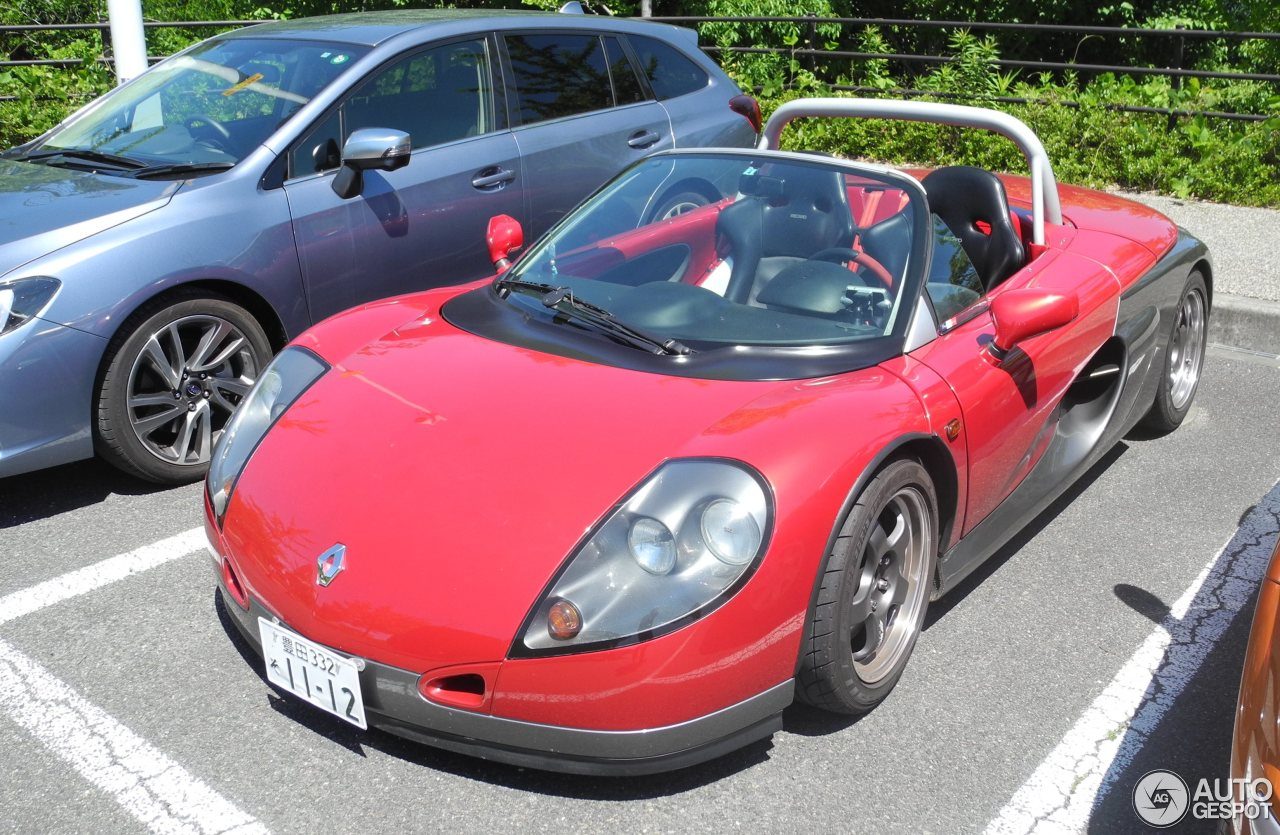

Found out about it from a late 90's car used magazine posted by someone online.
View attachment 701616
Sport Sedan for grandpa?
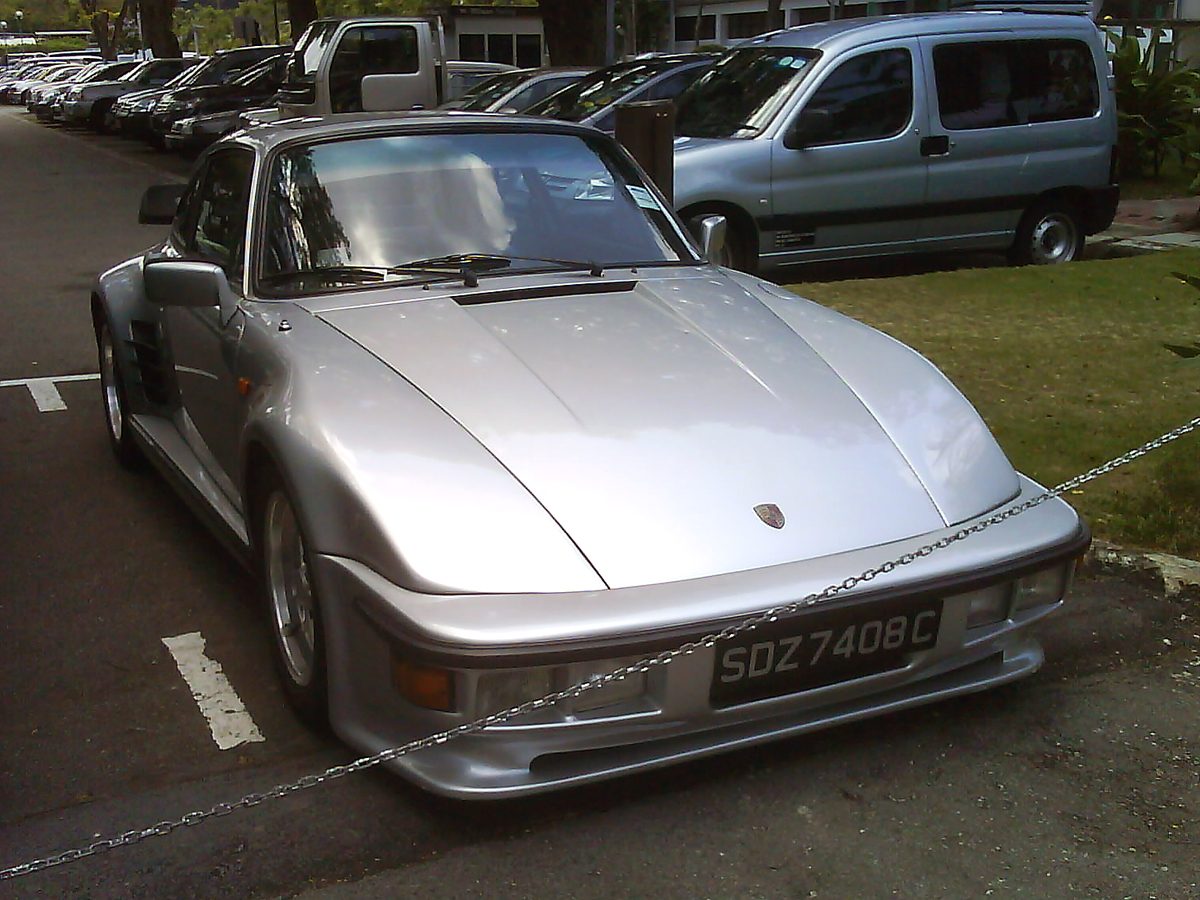
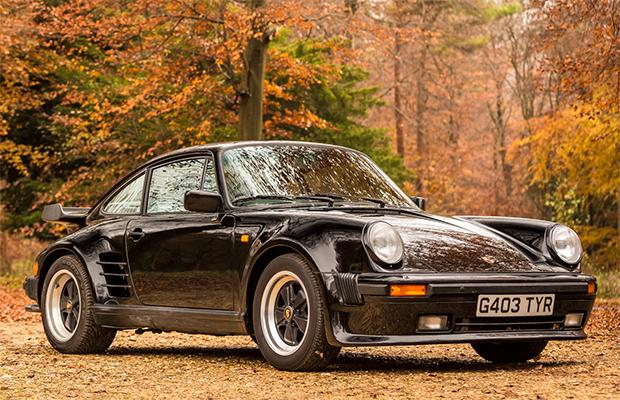
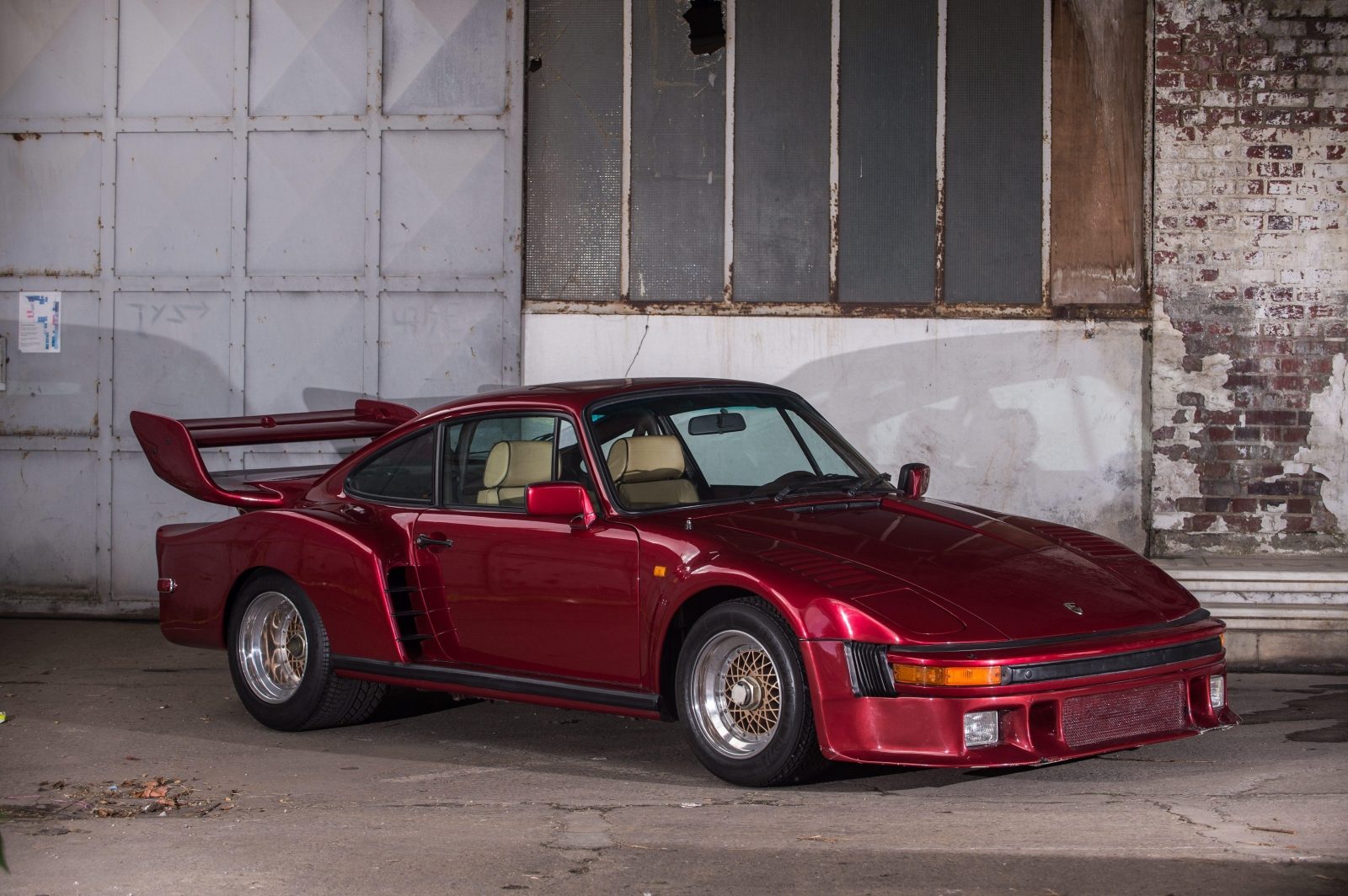
It seems to me one was auctioned off earlier this year.This is totally new to me. Porsche made 14 993 Turbo Cabriolets, they had a single Turbo from the 964 Turbo 3.6 before it.
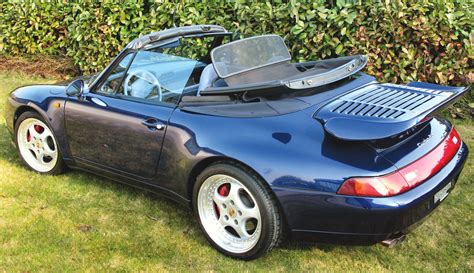
Ew.And lastly, an official street version of the 935 exists, only 1 was made for the founder of TAG Group.

Fun Fact: That MR2 is in Gran Turismo 2.When I think of a convertible MR2, I keep thinking of the ZZW30. I never knew there were a convertible SW20.
Fun Fact: That MR2 is in Gran Turismo 2.
Oh and it also appeared in Gran Turismo 2 as well (I still discover "new" cars from GT2 between then and now).
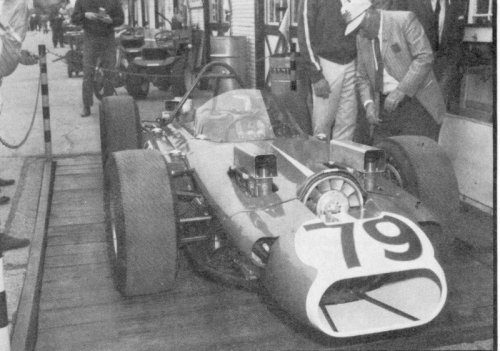
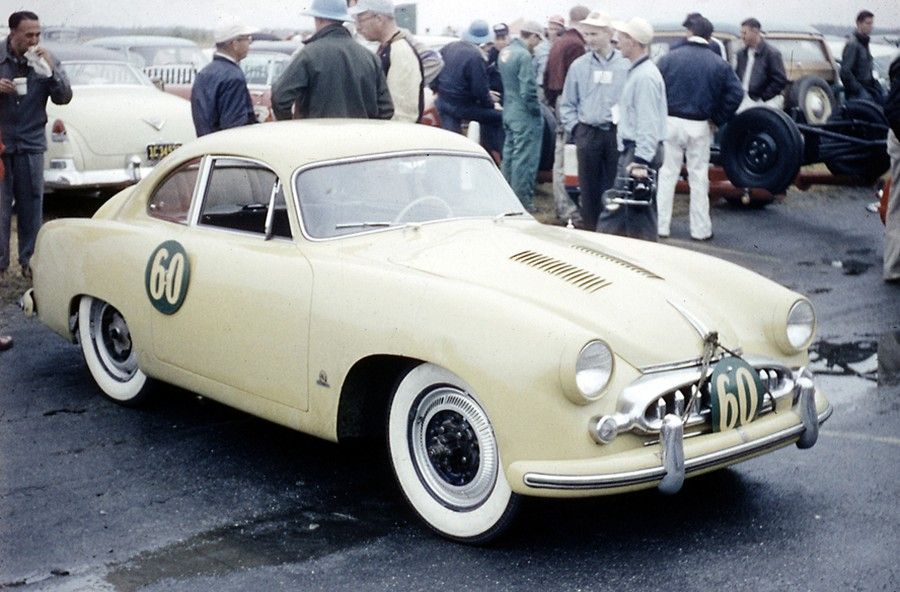
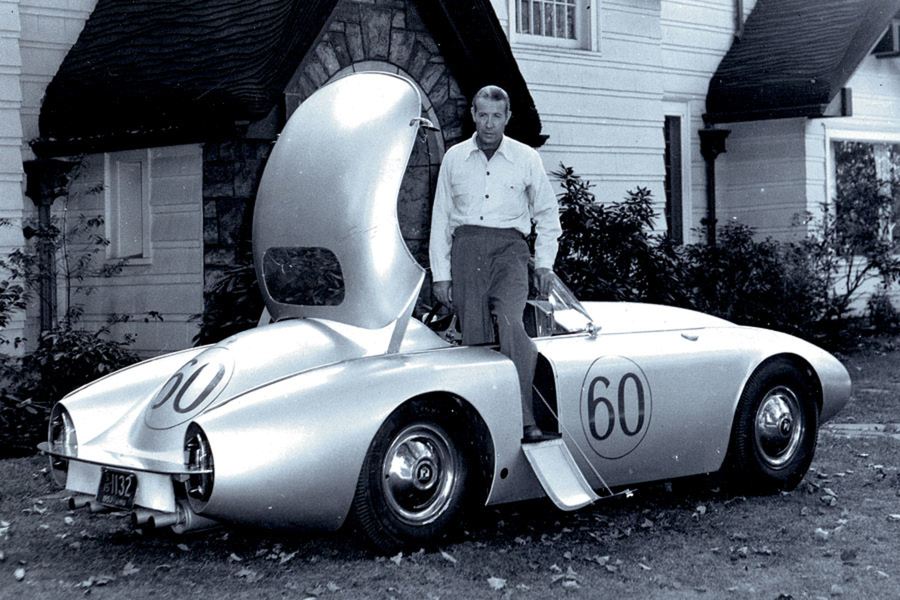
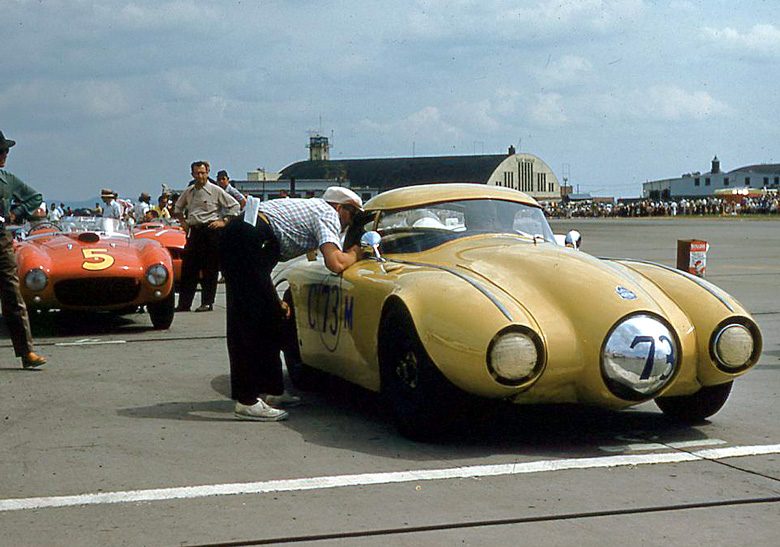
Been doing some research, I see.Never even heard of the guy, nor of his creations: Lou Fageol and his twin-engined Porsches.
(Apologies for the text dump.)
-----
A resident of Cleveland, Ohio, USA, Lou Fageol built some of the most radical Porsche race cars which, in the words of an observer in the 1950s, “intimidated the SCCA guys.” His father, Frank, was a co-founder of the Fageol Motors Company. Among Frank’s work was a twin-engined bus that he sold under the Twin Coach Company name.
Based on the Twin Coach twin-engined philosophy, Lou entered a car into the 1946 Indianapolis 500, driven by Paul Russo to the middle of the front row in qualifying at 128.183mph. But despite running 4th in the early moments of the race, Russo's 3rd attempt at Indy came to an end after crashing at turn 3 on lap 17 as a result of an unavoidable accident unrelated to the car’s design.

After a period spent racing powerboats that included winning the international Harmsworth Trophy race in 1950, Lou Fageol bought a car dealership in Cuyahoga Falls, Ohio in 1952. One particular brand of car soon caught his attention with its rear-engine layout, and it got him to thinking of a way to revive his Indy racer. His first effort made use of a 1952 Porsche 356 in which he installed a complete engine and transmission assembly in the front, ahead of the front wheels. The front transaxle’s ring gear and pinion were modified to give four forward speeds. Fageol himself drove the car in its racing debut on an airport circuit in Maryland in 1953. With white-wall tires, full bumpers, an adapted Packard grille and a spare wheel on its rear deck, the car was unique to say the least. It wouldn't finish its first competitive race.

The car next saw action in the Seattle Seafair races at Paine Air Force Base near Washington. It again failed to finish but was nevertheless awarded 1st in Class D for 3.0L cars. On the 1.6-mile airport course at Stout Field near Indianapolis, Fageol once again did not finish. This would be the last outing for the modified Porsche 356, although it had already laid the foundations for what was to come next: the Fageol-Porsche Twin Engine Competition Sports Car.

Built by Fageol’s craftsmen in 1953, it was powered by two 1.5L flat-four engines derived from the Porsche 356, giving a total of 144bhp at 5,500rpm. A custom tubular frame, short 90-inch wheelbase and Duralumin alloy bodywork kept its weight low at just 748.4kg.
Its appearance was unconventional, even for a race car. Its nose flaunted a bold central cone and prominent fender peaks that initially had air inlets around their headlamps. These were later covered, with air entering around a central chromed sphere. Although closed off at first, the bodywork behind the wheels was cut away to allow air to flow freely. The doors were kept simple, hinged at the bottom to drop downwards. A low windscreen and tidy coupe top, hinged at the rear to lift up for easy access, completed a flamboyant low-drag appearance. As in the modified 356, the rear-mounted engine was in its usual position while the other engine was ahead of the front wheels. Both transaxles were placed near the centre of the chassis, where it was relatively easy to control the clutches and gear selectors of both engines from a single lever and pedal. The throttle was linked too, with a huge 6,000rpm tachometer with separate needles for the two engines.
Fageol’s creation made its debut at Turner Air Force Base in Georgia for the SCCA Sowega International Sports Car Races in October 1953. Also present were Porsche with a pair of 550 Spyders, their first factory entry in North America. Numerous Porsche officials inspected and drove the car, amazing them with its ease of handling and performance with stock engines (tuned versions of which powered the factory Spyders). While both cars would ultimately retire, the Fageol-Porsche finished 8th overall and 2nd in Class D Modified for 3.0L cars in the 75-mile King George Cup, behind the Ferrari of Bill Lloyd. Over the 250 miles of the proceeding Strategic Air Power race, it finished 3rd in class and 11th overall.
As time passed, the car evolved to keep pace with the competition. In 1954, superchargers sourced from PEPCO were fitted to the engines to provide more power. Then, through a chance conversation at a powerboat race, in 1955 the car was fitted with 2 two-stroke chainsaw engines that spun the superchargers for the main engines, ridding the car of supercharger belt slippage that resulted in variable power output. According to those who saw the quad-engined car, it sounded like a B-17 Flying Fortress making a low-level attack. In this final guise, the car debuted at the Fort Pierce road course in Florida for the first SCCA Nationals of the year. Leaving several of its major rivals behind in the 51-mile opening race, Fageol finished 5th overall and 1st in Class B. A class win followed in the main 150-mile race where Fageol finished 8th overall.

Another long haul took the car to California’s Monterey to compete on the Pebble Beach road course which, unlike the airport tracks that hosted most of the radical car’s racing, was lined with trees. Approaching a corner, Fageol downshifted, but a shift coupling came loose resulting in a missed gear. He tried neutral and shifted again, but the two engines were now running out of sync with each other. Fageol tried neutral again, but by then he'd run out of road. Lurching into a spin, the car flipped over, collecting an oncoming Morgan in the process. According to one report after the crash, rescuers found Fageol hanging upside-down in the overturned car, calmly smoking a cigarette.
After a night in hospital, Lou called time on his twin-engined racing career, and returned to the world of powerboat racing. At the 1955 Gold Cup in Seattle, Washington in August, during a preliminary trial, his was thrown from his boat as it flipped at 165mph. Hospitalised for 23 days, the injuries he suffered as a result of what was Unlimited powerboat racing's first “blow-over”, included four broken ribs, four fractured vertebrae, a punctured lung and damage to his heart. His son Ray claimed that these injuries contributed to his father's death in 1961, aged 53.

Brabus tesla roadster sport. Any idea on production numbers compared to the however
Spotted this on Woodward in Detroit last year. Or is it just badge job like a AMG and M badges on non AMG or M cars.
BRABUS Customization Program for the Tesla Roadster The first tuned electric car comes from BRABUS: The first project of the future cooperation between Tesla Motors, Inc. and the new BRABUS business division Zero Emission celebrates its world debut at the 2008 Essen Motor Show. BRABUS (Brabus-Allee, D-46240 Bottrop, phone + 49 / (0) 2041 / 777-0, fax + 49 / (0) 2041 / 777 111, Internet www.brabus.com) presents an exclusive customization program for the Tesla Roadster, the world’s first electrically powered production sports car. The new BRABUS logo with added lightning bolt is the trademark of BRABUS Zero Emission vehicles. To give the sports car a more exciting sound the BRABUS electronics specialists have developed a ‘space sound generator.’ The occupants on-board the Tesla Roadsters can choose from several simulated engine sounds including that of a typical V8 combustion engine, a racecar engine and two futuristic soundscapes named ‘Beam’ and ‘Warp.’ The volume of the sound is dependent on the momentary power output of the electric motor. A custom-tailored BRABUS tire/wheel combination further improves handling characteristics. The two-seater is refined with weight-optimized BRABUS Monoblock S light-alloy wheels in size 7Jx18 in front and in size 8.5Jx19 in back. BRABUS technology partner Pirelli provides the corresponding P Zero Nero high-performance tires in size 215/35 ZR 18 in front and in size 255/30 ZR 19 on the rear axle. These tires were developed to deliver minimum rolling resistance. The two-seater also receives an even more striking exterior at BRABUS. The customization measures include a special high-quality ‘matte white’ paintjob. To give the mid-engine sports car an even more enticing face the BRABUS designers treat the front apron to a lightweight carbon-fiber front lip and daytime running lights integrated into the front grille. Matte-white surrounds for the headlamps add interesting detail to the overall effect. The sides of the Tesla are upgraded with BRABUS entrance lights shaped like futuristic space lights. They are activated with the keyless fob or by pulling on a door handle. BRABUS carbon-fiber air inlets add even more sporty flair. Immediately apparent in the rear are the BRABUS rear wing and the BRABUS rear diffuser, both made from light yet extremely strong carbon fiber. The round taillights are accentuated further by matte-white applications. The BRABUS customization program for the Tesla Roadster also includes exclusive interior options. The range of products starts with scuff plates with illuminated BRABUS logo. They are integrated into the top of the rocker panels. The company-own BRABUS upholstery shop masterfully handcrafts exquisite custom interiors for the Tesla. The designers chose a combination of especially soft yet durable BRABUS perforated lightweight leather and Alcantara. The cockpit features white seams to reflect the exterior color. The vehicle floor is also upholstered with lightweight leather for added exclusivity. The goal of the BRABUS customization concept for the Tesla Roadster is to define a potential limited edition as well as an individual tuning program for the Tesla driver. For additional BRABUS information please visit our web site at www.brabus.com
I saw one of these earlier over here, none of the people inside are locals tho.